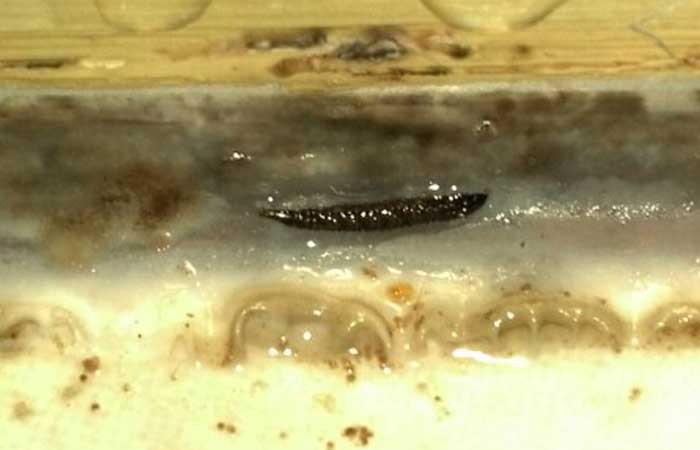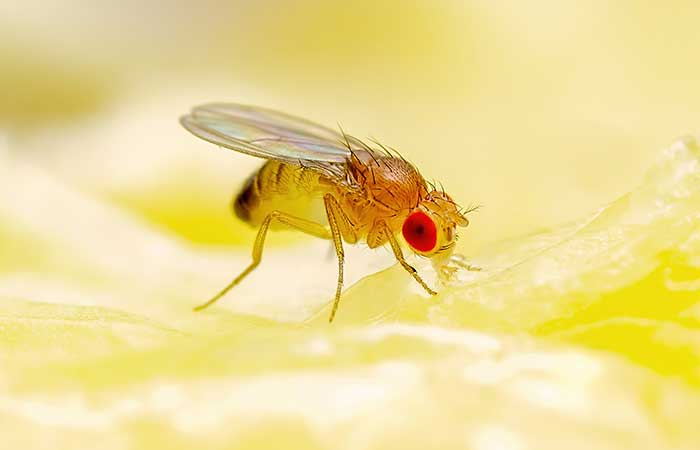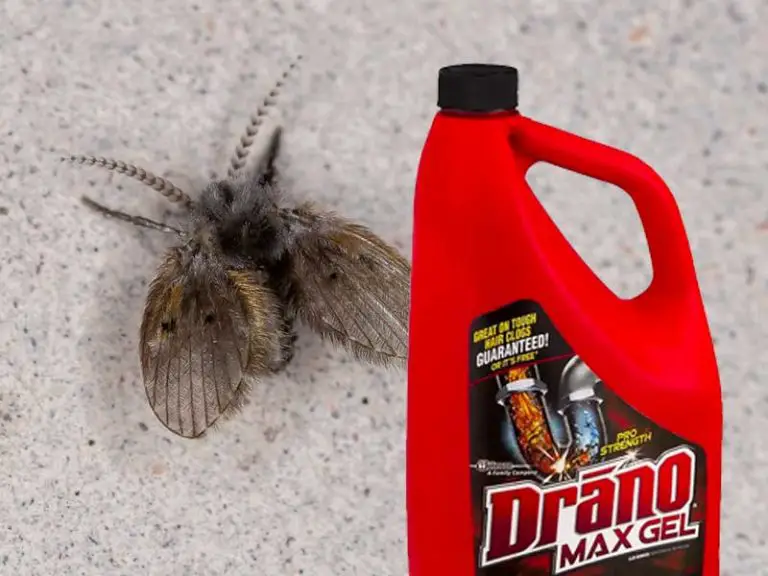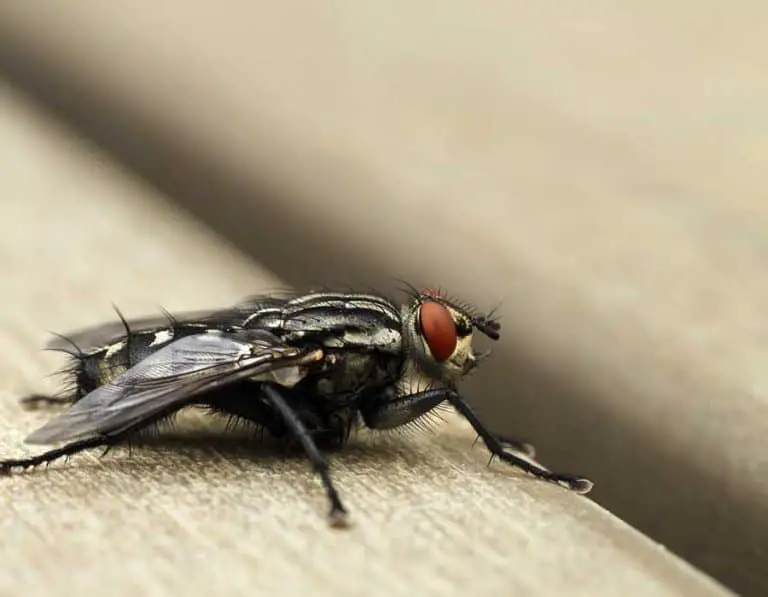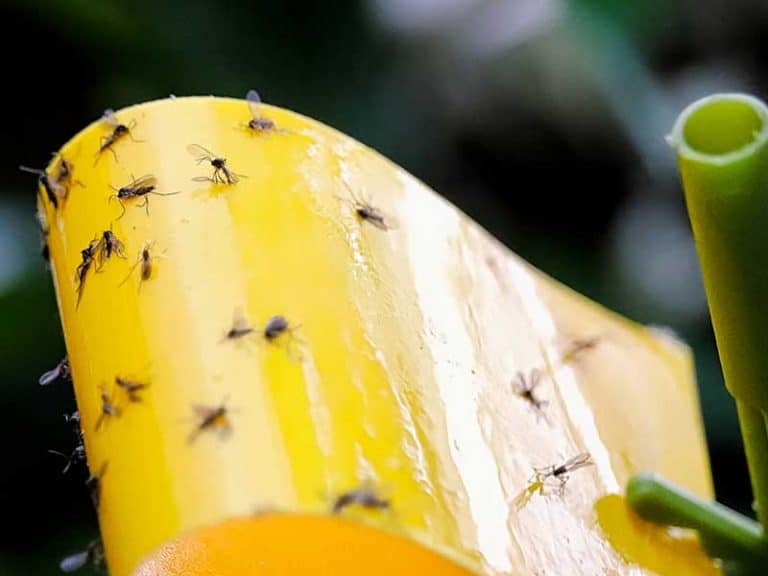How Fast do Fruit Flies Reproduce? Where Do They Come From?
Fruit flies can be some of the most irritating types of flies in gardens and even inside homes. These types of flies emerge outdoors but they can easily make their way into homes looking for sweet foods or other decaying foods.
Fruit flies are known for laying hundreds of eggs at a time which makes them very difficult to control. They become even harder to control when there are more fruits or decaying food for them to lay eggs in.
Fruit flies can reproduce only when they reach sexual maturity (7-10 days). This is when they lay eggs that can hatch within 24 hours. The presence of sugary foods and rotting meats make the hatching process faster.
The speed at which fruit flies reproduce depends on food sources and seasonality. It’s easier for them to reproduce in warm weather.
How fast can fruit flies reproduce?
Fruit flies start to reproduce as soon as they reach sexual maturity. Research notes fruit flies reach sexual maturity within 10 days. But research only takes summertime into account as fruit flies will start to sexually mature slower in the fall or the winter.
Once they reach sexual maturity fruit flies can start laying eggs. Fruit flies need fruits to lay eggs and this means fruit abundance influences the number of eggs flies can lay.
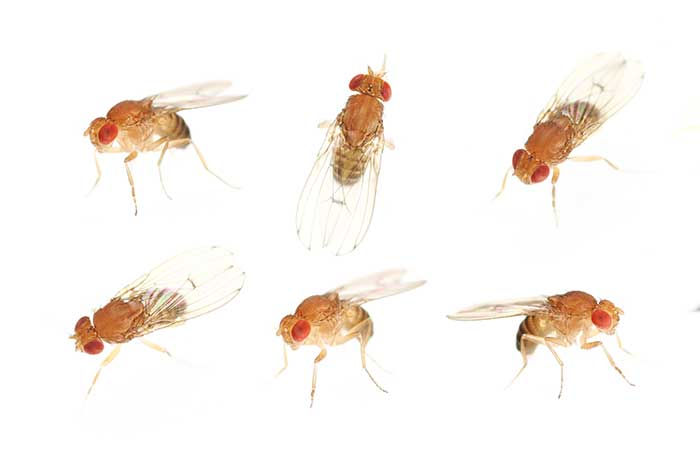
7 days
This is the shorter interval fruit flies can reproduce. A fast lifecycle where the egg goes through its life stages such as larvae, pupae, and adulthood is characteristic of the warm months of the year.
10 days
The life cycle of fruit flies starts to become slower and the process of going from an egg to an adult fly can last more. Up to 10 days are needed for an egg to become an adult fruit fly in cold weather. Fruit flies can only start to lay eggs after these 10 days as they reach sexual maturity.
How do fruit fly eggs turn into flies?
This process of 7 to 10 days is also known as the life cycle of fruit flies. Female flies look for the right fruit to lay eggs in.
It was initially believed fruit flies only developed in fermenting fruits, but they grow in all types of fruits.
Ripe fruit – these fruits are known for being the most hospitable to fruit flies as they provide instant sugar for larvae to feed on. Fruit flies also lay bacteria in fruit which causes it to rot.
Fermenting fruit – these fruits are already rotting. Fruit flies don’t need to lay bacteria in these fruits.
Day 1: Fruit flies lay eggs
Once the female fruit fly has found the right fruit the process of laying eggs begins. Female fruit flies can lay at least 200 eggs at once even in the most fruit-deprived habitat.
The number of eggs the female lays increases in areas with more fruit or more decaying foods.
Fruit flies can also lay eggs in rotting foods such as meats in the absence of the most sugar-rich foods such as fruits.
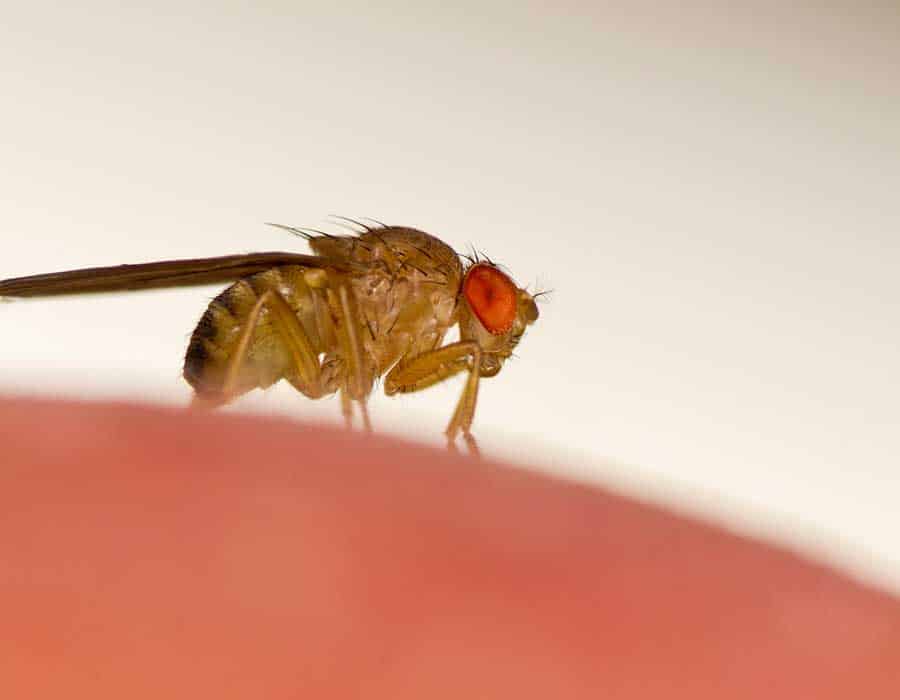
Day 3: Eggs turn into larvae
Eggs turn into larvae within a few days. It’s not uncommon for the laid bacteria to affect fruits so they fall on the ground at this stage. This is the process when the larvae can escape from the rotting fruit into the ground.
Day 4: Larvae turn into pupae
Fruit fly larvae make their way into the ground from fruits within 2-4 days. Larvae turn into pupae on the ground
Day 5-7: Pupae turns into adult flies
Pupae are identified by a cocoon-like appearance which is where they develop in. Adult small flies emerge from pupae. They reach full sexual maturity on the 10th day.
How many eggs does a fruit fly lay?
Fruit flies lay hundreds of eggs at once. Female fruit flies are known to lay between 200 and 500 eggs at a time.
The record-breaking female fruit flies are known to lay as many as 2.000 eggs on fermenting fruits or rotting food.
Sometimes female fruit flies want to lay even more eggs. But the lack of fermenting fruit might stop them from finding the right surface for the eggs. This is the main reason female fruit flies that want to lay more than a few hundred eggs choose to lay them on any moist surface they can find.
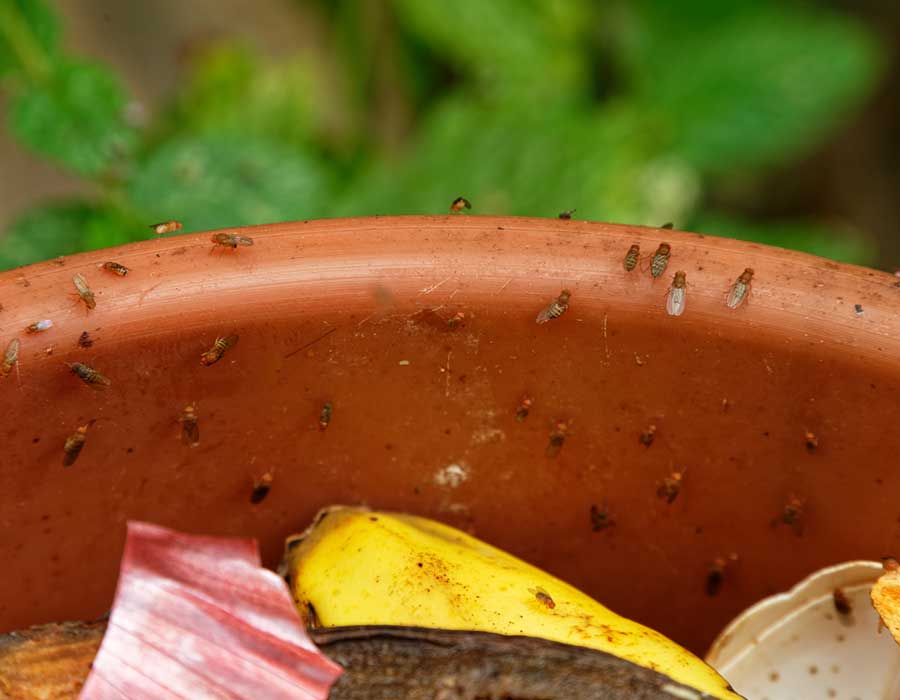
Where do fruit flies come from?
Fruit flies get their names from their close connection to fruits. They eat and lay eggs into fruits. These flies are also known for hatching in other types of foods, just as Common House Flies.
Fruits
Fruit flies mainly come from fruits. These flies can cause fruit to rot and fall to the ground. Rotting fruit is needed for the eggs of fruit flies to turn into adult flies.
Sugary foods
Other foods rich in sugar might also be considered by fruit flies to lay eggs in. Fermenting fruits that are already on the ground or already picked are also chosen by the female fruit fly to lay eggs in.
Meats
Rotting meat is known to attract all types of flies, including fruit flies. These foods are ideal for the insects to lay eggs in as they provide a source of food for the hatching eggs.
Garbage
Garbage, in general, attracts fruit flies. These types of flies are known to be the most attracted to the waste generated by humans in urban areas as this is where they lay a large number of eggs.
Summary
Fruit flies are known for reaching sexual maturity within days. Once they’re true adults they can begin laying eggs.
Eggs are laid in all types of fruits from those still up on trees to fruits that have already been picked.
Eggs go through multiple life stages before they hatch or before they turn into maggots (small flies). It can take as little as 7 days for an egg to become a small fly.
This life cycle can be longer when the weather isn’t the warmest. Still, it usually doesn’t take more than 10 days for an egg to turn into a small fruit fly in their season.

